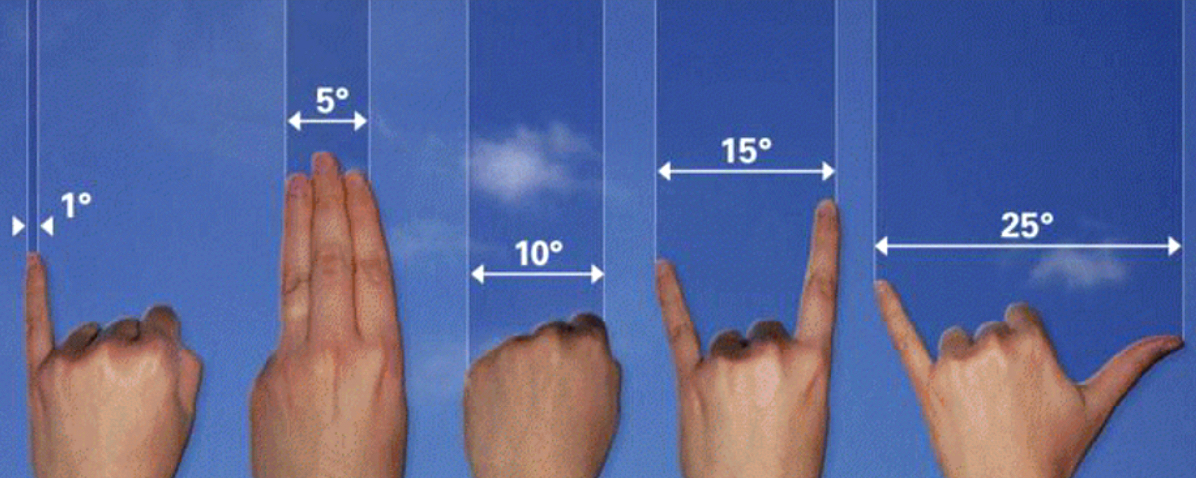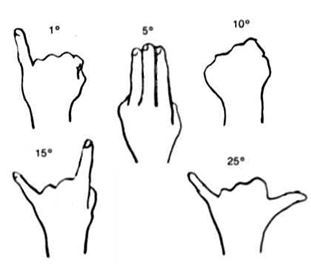In The Know
Measuring Tip: You Are a Ruler!

They don’t call feet, feet, for nothin.’ Measurement started with counting segments of the human body (forearm, hand, finger, foot). So, if you find yourself without a ruler, make sure you know how to count it old-school.
It’s good to know things like the width of the open and closed spans of your hand, the length of a finger and its joints, the actual length of your foot. Memorize them. Write them on your body for a day to remember them.
When I posted the question of anything to add to this ancient of tips on a private maker group on Facebook, several members chimed in:
Matt Friedrichs Similar to knowing body part length: When you don’t have a tape measure with you, find a body part that matches the length, and then measure that part when you get back to the shop. I use this all the time when I’m working on a shed or something and have left the tape around the corner. Or, when I’m trying to match bolts, I compare to fingers.
Ben Daigneau Some fields (geology here) calibrate the length of their stride so they can walk off distances. Not as precise as a foot or a finger. Also, not exactly a body part, but a lot of people wear belts most of the time. I guess a person could have a few known marks on there.
Measuring Sky Angles

You can also use your hands to measure degrees of the sky. There is a method common in astronomy for measuring sky angles. Here’s how they describe it on One Minute Astronomer:
…Your hands and fingers are a remarkably accurate (and convenient) measuring tool. When you hold your hand at arm’s length, you can estimate angles like this:
- Stretch your thumb and little finger as far from each other as you can. The span from tip to tip is about 25 degrees
- Do the same with your index finger and little finger. The span is 15 degrees
- Clench your fist at arms length, and hold it with the back of your hand facing you. The width is 10 degrees
- Hold your three middle fingers together; they span about 5 degrees
- The width of your little finger at arm’s length is 1 degree.
Have Questions?
Contact us
Email Us info@whizlearningkids.com
678-863-7679
3255 Lawrenceville Suwanee Road, Suite P 120, Suwanee GA 30024
Careers
| We are looking for qualified instructors. Please have a valid driver's license and work permit or green card. |
